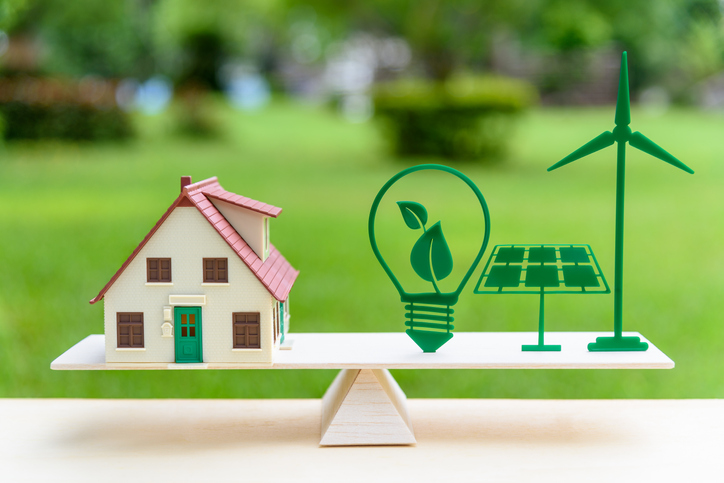Buildings may be becoming “smarter,” but that doesn’t necessarily mean they’re saving energy. In fact, according to a recent study, smart buildings could actually have little to no effect on energy consumption because – despite technology advancements – human habits die hard.
Unlike previous research that has tested energy efficient buildings with simulations, this study led by Dr. Jianli Pan, Assistant Professor of computer science at the University of Missouri-St. Louis, measured data from a real LEED-certified building located in Missouri. This building was strategically chosen as a versatile model that can be applied to several styles and locations. In other words, the study takes into account realistic (and flawed) human behavior patterns rather than looking at the ideal scenario that a simulation provides.
In order to get accurate results, researchers monitored the building every hour for one year to capture the daily, weekly and monthly patterns. Specifically, they looked at total electrical energy consumption, heating and cooling energy consumption and outdoor/indoor environmental data; key variables that make a building “green.” The results were surprising.
When correlated with environmental impact (temperature, humidity, etc.) little to no variation of the heating and cooling system was found despite obvious seasonal effects. Second, electrical energy consumption is only 15% higher during office hours than afterhours and weekends – a statistic that feels exceptionally small when considering the majority of people are not in the office on the weekends or afterhours.
“We strategically chose to track this building in Missouri because it represents a common smart-building model in a four-season environment,” said Pan. “And we found that a lot more energy is wasted than people realize because of the fixed, centralized control of heating and cooling, which doesn’t mirror actual human comings and goings.”
So for example, even in LEED-certified buildings, heat will be turned on in an empty office, or cooling will stay on in a cafeteria overnight, especially if building managers start to tire of energy-optimizing options and fall into old daily routines.
With the knowledge gained from the data measurements, the researchers designed an IoT location-based solution that could actually live up to the smart building promise. And the automated energy control IoT application requires no action whatsoever from the end-user, thereby reducing the impact of bad human habits.
This framework is composed of five design components displayed in the below image, including location service application for smartphone, distributed monitoring and control, multisource energy-saving policies and strategies, modeling on location patterns and cloud storage computing.

The integration of these five components serves as the backbone to an IoT application system that can provide users with the ability to control multiple buildings through their smart devices based on their location (smartphones, iPads, etc.)— without even pushing a button. This works by having location sensors, which are already present in most smart devices, send a signal to the building’s web server, which can in turn trigger an energy change as the user leaves one building (e.g., turns lights off) and approaches another (e.g., turns lights on).
“This framework essentially enables users to control and implement their own energy policies in real time, allowing their energy consumption to be proportional to their actual usage,” Pan said.
When using this IoT framework, the actual energy savings depend greatly on the type of building tested and how many of the electric appliances can be physically changed and controlled. Specifically, the more appliances controllable by humans, the more energy savings achieved. In this study, the home building reduced energy consumption by 60%, while the office building reduced about 55%. The home building saved more energy than the office building because the office has more centralized appliances that cannot be controlled.

The ease of this technology saves money and energy by simply having the location-based application activated on users’ devices, as it already is for many of them using Facebook, Google Maps, etc.
The researchers’ next steps include testing the system with multiple users simultaneously across multiple buildings, as this proposal was tested with only one person across two buildings.
All in all, current energy efficient buildings lack system intricacies that perform at full efficiency. With the use of this location-based system, smart buildings may be able to deliver on their promise of (literally) greener pastures and users won’t have to bat an eye.
Read more about smart buildings at IEEE Xplore.





